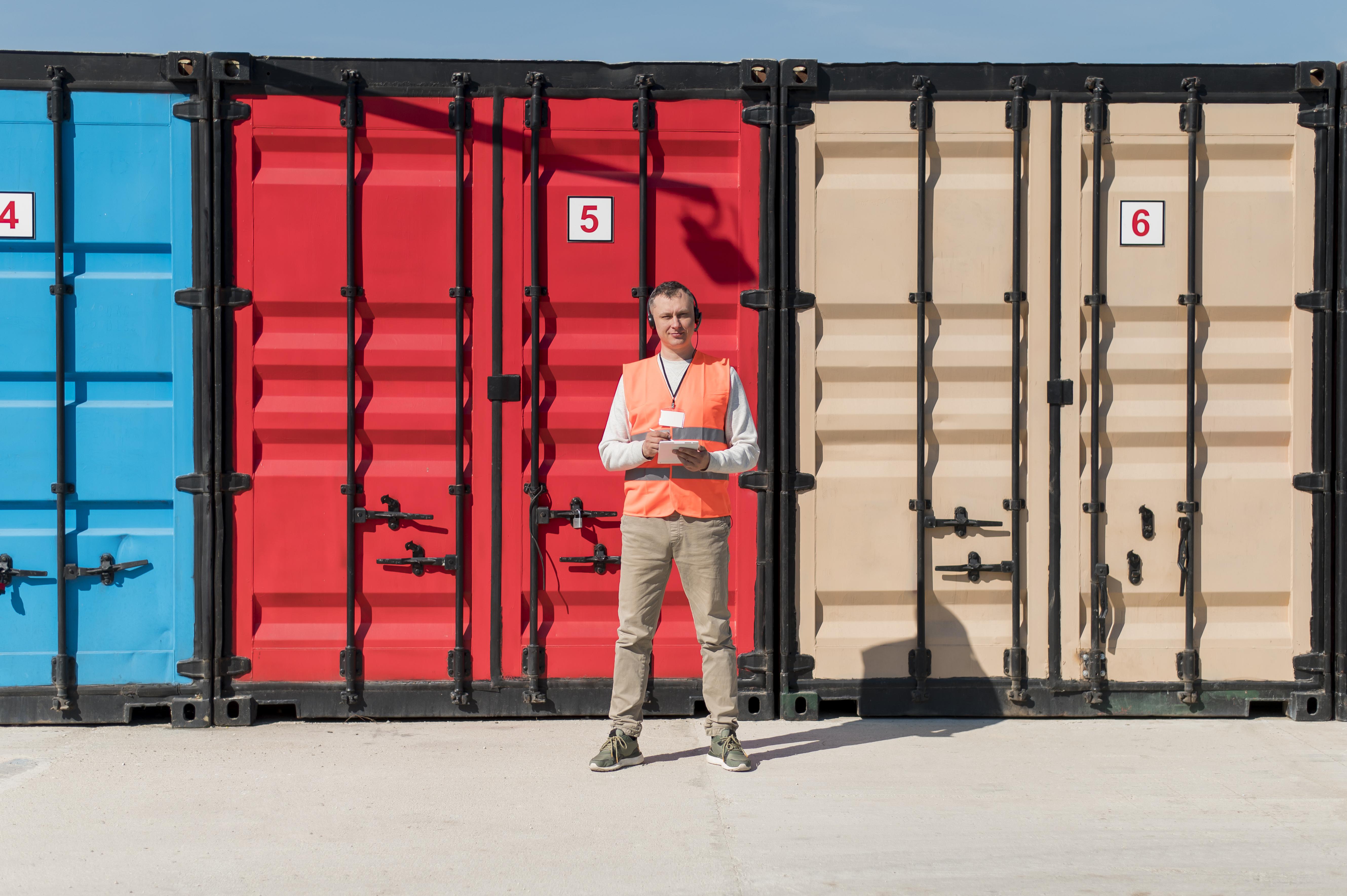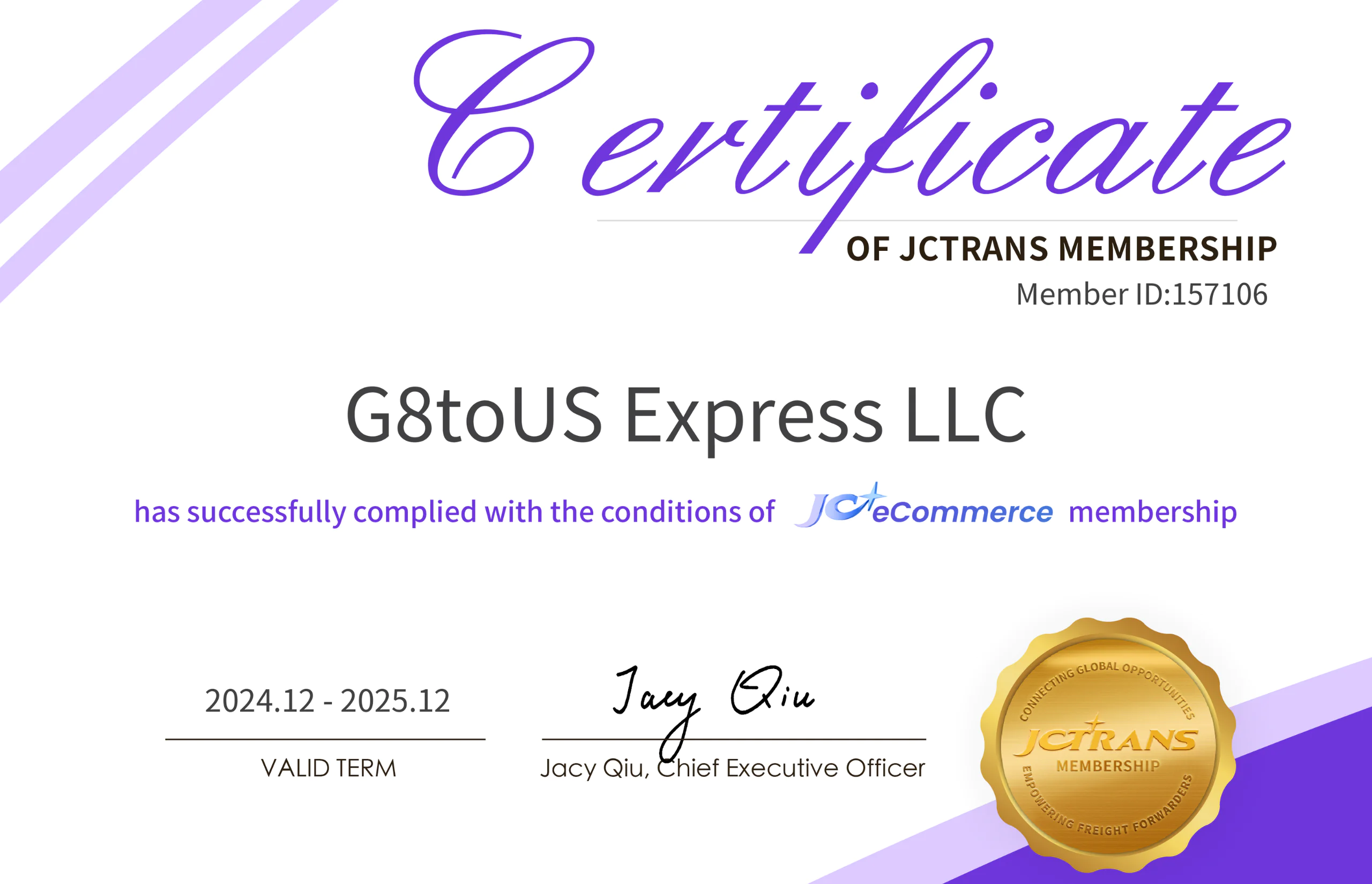Views Count :
International cargo transportation is a complex process regulated in each country with its internal rules. In the United States, these rules are distinguished by strict requirements for imported products. In addition to a standard verification of documents, customs services can conduct a selective examination to make sure to all norms in accordance with the cargo. Control is carried out by specialized agencies, and each seller must be ready for such a scenario.
Who and how controls imports in the USA: Key agencies
The certification and standardization system in the United States is decentralized: different categories of goods are regulated by individual bodies. Here are the main departments to which you should pay attention to:
- Consumer Product Safety Commission (CPSC). It controls the safety of consumer goods, such as toys, household appliances, electronics, furniture, as well as products for children.
- Food and Drug Administration (FDA). Is responsible for supervision of food and animal foods, drugs, cosmetics, tobacco products and medical devices.
- United States Department of Agriculture (USDA). It regulates the import of the country of agricultural industry products, such as: meat, dairy products, eggs, vegetables, fruits, berries, nuts, honey, plant seeds, etc.
- ENVIRONMENTAL Protection Agency (EPA). It is engaged in the verification of the import of chemicals, all types of pesticides and vehicles.
- Alcohol & Tobacco Trade & Tax Bureau (TTB). It regulates the import of alcohol and tobacco products, including beer, wine, strong alcohol, cigarettes and much more.
- Animal and Plant Health Inspection Service (Aphis). Controls the health of imported animals and plants, as well as products of animal origin and agriculture.
Important! The procedure for examining the cargo is a standard practice aimed at ensuring the safety of American consumers. If the documents are executed correctly, there is no reason for panic.
Where to find the current lists of goods for verification
To avoid delays, it is important for the seller to familiarize yourself with the requirements and standards. The main sources of information:
- Official portals of regulatory agencies. They provide relevant information for importers, including security standards and requirements for paperwork. For example, on the CPSC website you can find security standards for toys or household appliances.
- Import control systems. Platforms such as Automated Commercial Environment (ACE) and Border Interagency Executive Council (BIEC) contain data on control procedures and products to verify.
- Guidelines and publications from agencies. Specialized documents that describe in detail the requirements for different categories of goods, packaging and marking standards, as well as steps for the successful passage of the inspection.
If you are engaged in the supply of goods or your own products to the United States, it is important to have access to verified information about quality standards, requirements for various categories of products and procedures for passing customs inspections. You can prepare for the process of importing goods and find out all the necessary information on the official sites of the following departments:
- CPSC – The information center for importers contains recommendations for certification of various categories of goods, for example, children’s goods, household appliances and electronics and much more.
- FDA – an imported portal with the requirements for the proper quality of food, drugs and cosmetics, as well as information on the correct execution of import documentation.
- USDA – a section for importers, which indicates phytosanitary norms, standards of labeling and packaging of agricultural products.
These resources will become a reliable basis for successful export in the United States and will help avoid customs delays.
Why can the goods be detained at customs?
The delay of cargo at customs can occur for the following reasons:
- Errors in the documentation – The value, description of the cargo or the data of the sender are incorrectly indicated.
- Packing and marking – lack of required designations.
- An inaccurate declaration of value – identification of underestimated or overstated cost.
- Untimely submission of documents – Papers arrived later than the set deadline.
- Selective check – Even if the rules are followed, the goods can be chosen for the inspection.
To avoid these situations, it is important to carefully prepare documents and consult with professionals.
Delivery and customs clearance with G8Tous: easier than it seems
The G8TOUS company offers a full range of services for the delivery of goods from Ukraine to the United States. Our experts have many years of experience in the field of international logistics, and cooperation with trusted customs brokers ensures high standards of our services.
We provide:
- Preparation of the main package of documents for the import of goods in the United States complies with American standards.
- Support in the passage of customs procedures and examinations.
- An individual approach for each client.
Examination of cargo is not a reason for panic, but a standard procedure. If the documents are correctly executed, our experts will help to quickly resolve any issues.



